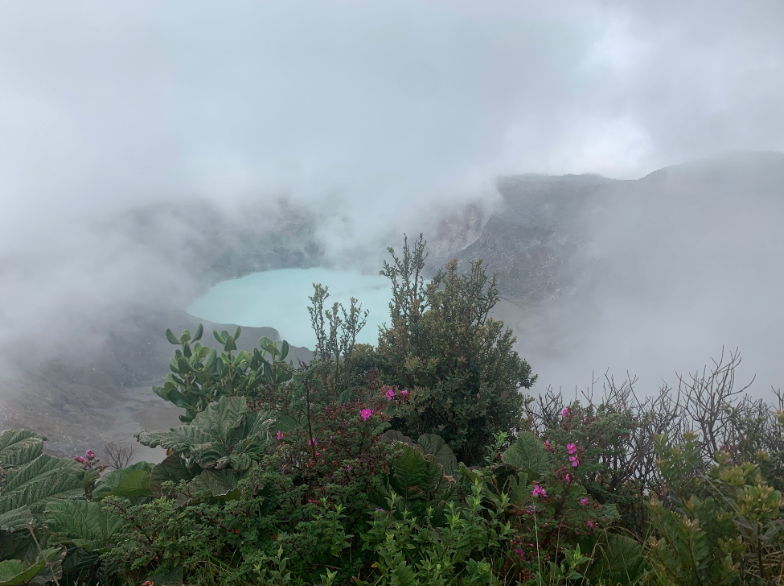During my annual pilgrimage to Trinidad, I loved exploring the plants and animals. My parents would point out the hummingbirds, frogs, and mango trees. One year, they took me to a section of land dedicated explicitly to educating people about Trinidad’s flora and fauna. This was a rainforest, the Asa Wright Nature Center (1). I visited this reserve in the early 2010s, and this experience still sits in my memory, unlike most of my visits to Trinidad. Visiting Asa Wright introduced me to conservation in a tropical setting with rich biodiversity (see Figure 1). I am lucky that my parents brought me to places like Asa Wright so that I could learn more about local ecosystems and engage with the natural world at a deeper level.
From early on, I appreciated the idea of biodiversity. More unique animals are better for the ecosystem and the beauty of areas like these. However, I never really considered what went into designing areas like these. How did they determine species-rich areas should be showcased to the public? Should areas that have more species or fewer species be shown? What happens to the people living in areas that should be protected? How do we find places to turn into protected areas dedicated to hiking and respecting nature?
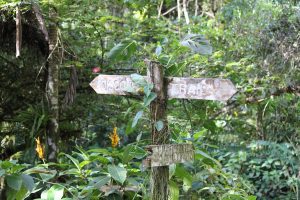
Figure 1. Image of nature trails at Asa Wright Centre.
In Costa Rica, I kept these questions at the forefront of my mind as I trekked through the national parks. I wanted to highlight the national park associated with the Poás Volcano. Poás National Park has one of the largest active craters and 15,000 acres with various habitats.2 This park was surprisingly inclusive, with wheelchair accessibility, allowing vision of the volcano by onlookers. (2) Poás National Park was established in 1955; most indigenous people were driven away from this region by this time (3). However, Poás still holds the legends coming from indigenous people close. In the visitor center, there was a large poster describing the song of the rualdo bird (4). This legend is about how a young girl who is supposed to be sacrificed in Poás volcano was saved by the rualdo bird (4). A small story like this allows people at the Poás National Park to learn about indigenous culture (see Figure 2).
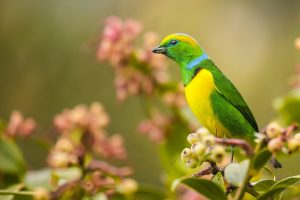 Figure 2. The vibrant rualdo bird pictured on a plant.
Figure 2. The vibrant rualdo bird pictured on a plant.
Currently, there are no indigenous people located near Poás National park. The closest indigenous people to Poas National Park are the Huetare people (5 Due to colonization, the Huetare people lost their language, a good amount of their culture, and their land. It would not be crazy to assume that the Huetare people at one point occupied the land where Poas national park is now located. I tried to find what indigenous group occupied the land; however, I could not find out what group would be located there. It was sad to see the lack of information about indigenous groups and who used to occupy the land near Poas. The best we can do is acknowledge that indigenous groups used to be present on this land.
After acknowledging indigenous groups, acknowledging the flora and fauna is another way to interact with natural spaces. Poás National Park offered fascinating biodiversity with a dwarf forest where growth was disrupted by the acid rain produced by the volcano, along with cloud forests – mountain rainforests surrounded by clouds (2). At Poás, I enjoyed learning about the plants and animals thriving next to the volcano with the help of iNaturalist (see Figure 3). iNaturalist is an interactive database of flora and fauna where users can share their observations. Seeing new species and being intentional with the natural world was amazing. This trip altered how I hike; I usually see it as a workout. I race to the top of the mountain, but now I will be slowing down to explore the species present in whatever space I am in. In the last few days, I have almost missed a few Rutgers buses because I am taking pictures for iNaturalist.
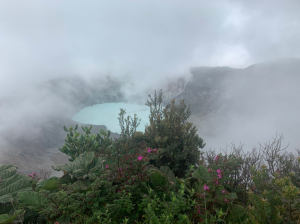
Figure 3. Image of the Poás Volcano, illustrating the green around the volcano.
With all this in mind, hiking is an act that offers more than moving your body. The experience of acknowledging indigenous people that used to live in the national park presents a richer experience. iNaturalist facilitated taking time to appreciate the diversity of nature. I am so glad to have experienced Costa Rica with such a lovely group and forged lifelong friendships (see Figure 4). Immersing myself in the national parks of Costa Rica enriches my life with not only positive brain chemicals but a tactile education. I wish all readers can acknowledge indigenous people and explore biodiversity while engaging with the natural environment.
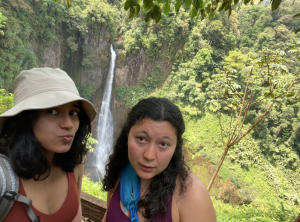
Figure 4. Image of Zoe Reich and her friend, Anya Gowda, by a waterfall in Costa Rica.
Sources
- https://asawright.org/
- https://costarica.org/volcanoes/poas/
- https://costaricatravellife.com/poas-volcano/#:~:text=Poas%20Volcano%20National%20Park%20was,protected%20area%20is%206%2C506%20ha.
- https://www.govisitcostarica.com/blog/post/legends-costa-rica-poas-volcano.aspx
- https://www.borucacostarica.org/8-indigenous-groups/
Photo References
Figure 3 – Photo Taken by Zoe Reich
Figure 4 – Photo Taken by Zoe Reich
